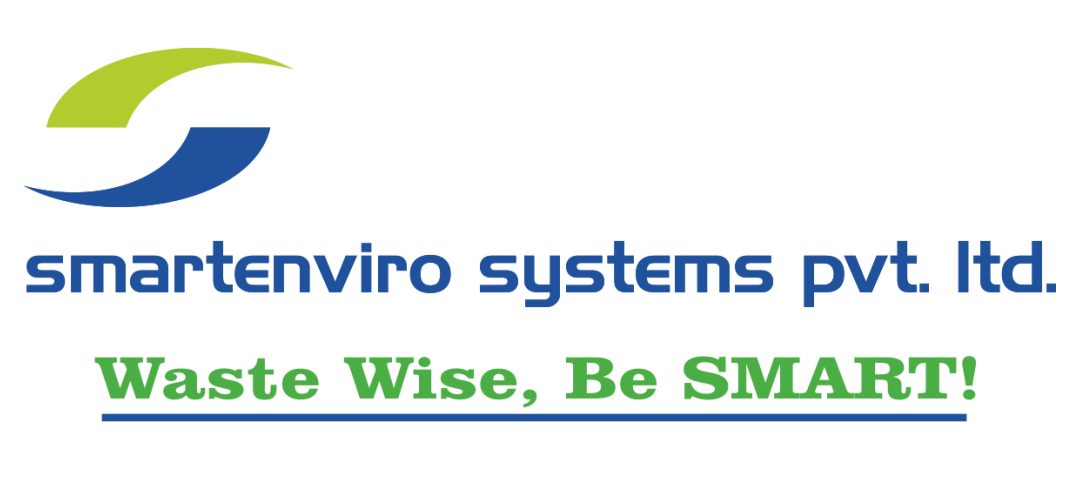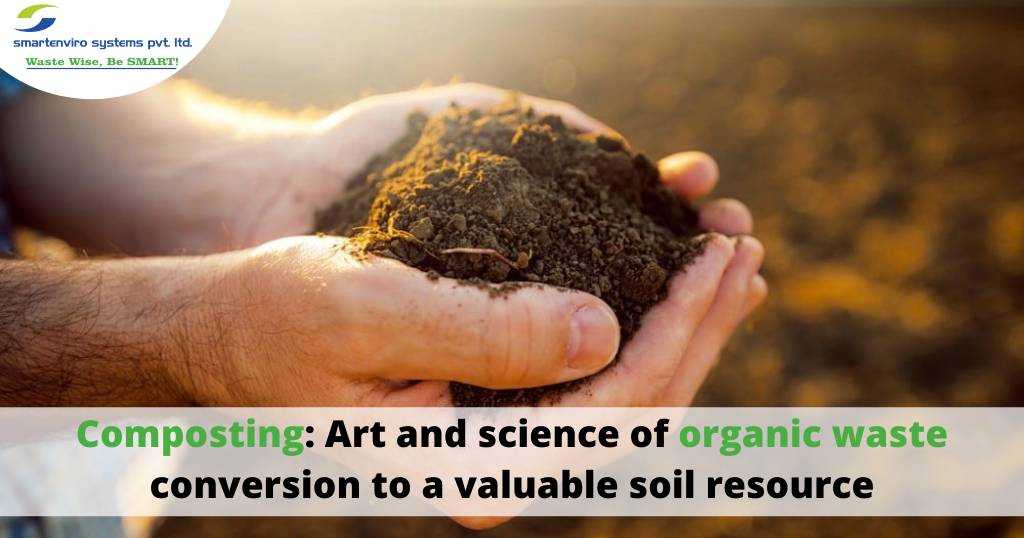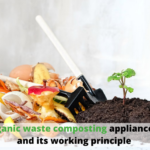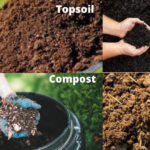Raw organic materials such as grass clippings and manure are transformed into stable soil-like humic compounds through decomposition in the composting process. Composting is an age-old practice found in various settings, ranging from domestic to industrial. Compost maker machine is becoming an increasingly practical method of organic waste disposal when landfills reach capacity and organic wastes are no longer accepted. Furthermore, the completed compost is a vital soil resource with several agriculture, horticulture, and forestry applications.
Biological, Chemical, and Physical Aspects of Composting
An excellent composting process relies on providing the right conditions for bacteria to break down raw organic materials. The most environmentally friendly approach to managing biodegradable materials and putting them to productive use is using a food waste Compost machine at home.
It’s crucial to have the right mix of raw materials and composting organisms to get high-quality compost. These three components are critical to a successful composting process: high-quality and plentiful carbon and mineral content, pH, and a pile with adequate porosity (microfauna and megafauna; microorganisms including bacteria, actinomycetes, fungi). Anaerobic or aerobic composting occurs when organic materials are stacked together and combined. Decomposition by aerobic composting is the fastest and most efficient method, producing finished compost in the shortest time. Microbes break down organic substances to provide energy for their metabolic activities. Composting generates “heat” as a byproduct of biological “burning,” or aerobic oxidation of organic matter to carbon dioxide, under anaerobic circumstances.
The anaerobic compost pile is one in which aerobic microorganisms predominate and break down organic matter at an accelerated rate. Accelerated aerobic composting necessitates a carbon-to-nitrogen (C: N) ratio between 25:1 and 35:1, moisture content between 45 and 60%, the accessible oxygen concentration at least 5%, and pH values between 5.5 and 8.5 for both the feedstocks and the compost pile. Decentralized waste management solutions are provided by composter machines.
Quality of Microbiological “Food”
The carbon (C: N) ratio to nitrogen (C: N) controls whether nitrogen may be mineralized or immobilized. Ammonium and nitrate are examples of mineral forms of organic nitrogen that may be converted to mineral forms (i.e., ammonium and nitrate). Nitrogen can be immobilized by microorganisms if the C: N ratio is more significant than 20:1 as a general rule. Ammo nia gas can be released if the C: N ratio is less than 20:1. Animal feces are more nitrogen-rich than plant wastes, and green materials have lower C: N ratios than wood or dead leaves. Another factor that influences the breakdown of organic waste is the complexity of the carbon compounds used. Carbohydrates decompose more readily than hemicellulose, cellulose, chitin, and lignin, in that order. Sugars and starches predominate in fruit and vegetable waste, making it an easy target for degradation. It takes longer to break down cellulose-rich leaves, stems, nuts, and bark than to disintegrate lignin-rich trees and branches.
Water Requirements
Insufficient moisture inhibits the c process, as microorganisms require water. Compost heaps are more vulnerable to spontaneous combustion when there is a lack of moisture, as moisture can t control the temperature of the piles. A compost pile with a moisture content of more than 60% is anaerobic because the pore spaces are filled with water rather than oxygen. A combination of feedstocks with varied moisture-holding capabilities can be used to reach the desired moisture level. Bulking agents like newspaper and wood byproducts like sawdust are commonly utilized in the automotive industry. The cottage and organic businesses can look at waste composter as a potential funding source.
The Composting Process
It’s the megafauna that breaks down organic matter into tiny pieces first. This includes things like mites and sowbugs. As the temperature rises due to the oxidation of carbon molecules, thermophiles (microorganisms that function at temperatures between 45°C and 70°C [113°F-157°F]) take over the composting process, which is initiated by microorganisms that operate at temperatures between 10°C and 45°C (50°F-113°F). Throughout the first 24 to 72 hours of the pile’s creation, the compost pile’s temperature rises typically to a range of 49°C to 60°C (120°F to 140°F) (Fig 2). Pathogens (such as E. coli and Staphylococcus aureus), weed seeds, and phytotoxins (organic substances poisonous to plants) are eliminated in this phase of composting, and the oxygen used to decompose the material. The oxygen in the compost pile must be supplemented during the thermophilic, active composting phase by mixing, forced aeration, or compost pile rotation in the compost making machine.
Conclusion
Smartenviro Systems is the leading manufacturer of waste composting machines for organic waste in India. As a company, we are successful because of our employees’ commitment to creating usable products from the trash to reduce their impact on the environment. Recycling organic waste instead of dumping it in landfills and turning it into helpful soil amendments is an environmentally beneficial method. You may manufacture compost in several ways, from small-scale backyard enterprises to large-scale commercial facilities. Landscaping, home gardens, and environmental cleanup are good places to put compost. It may also be utilized in horticulture and silviculture production. Goals for minimizing or eliminating organic waste landfilling might encourage more people.



